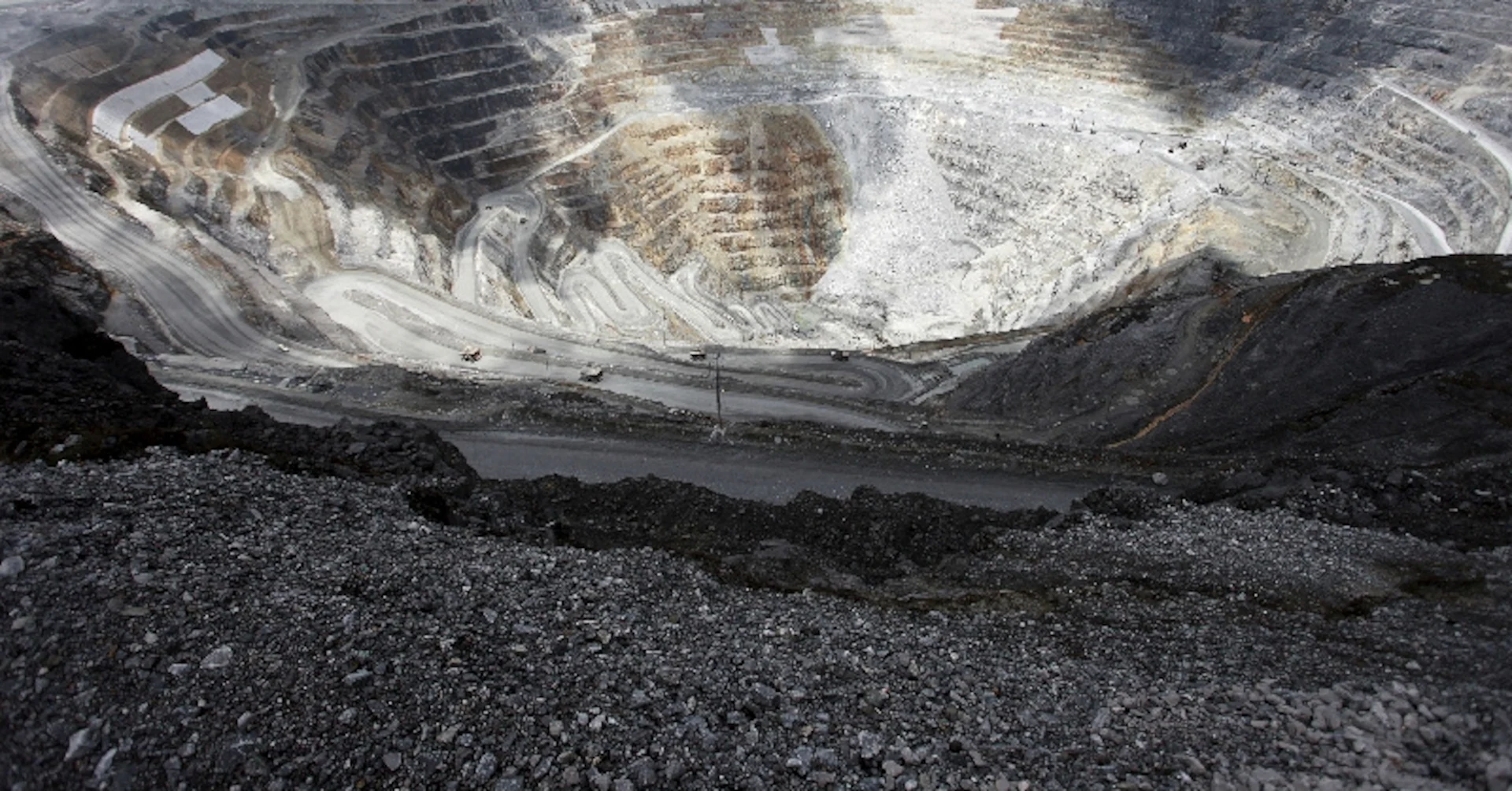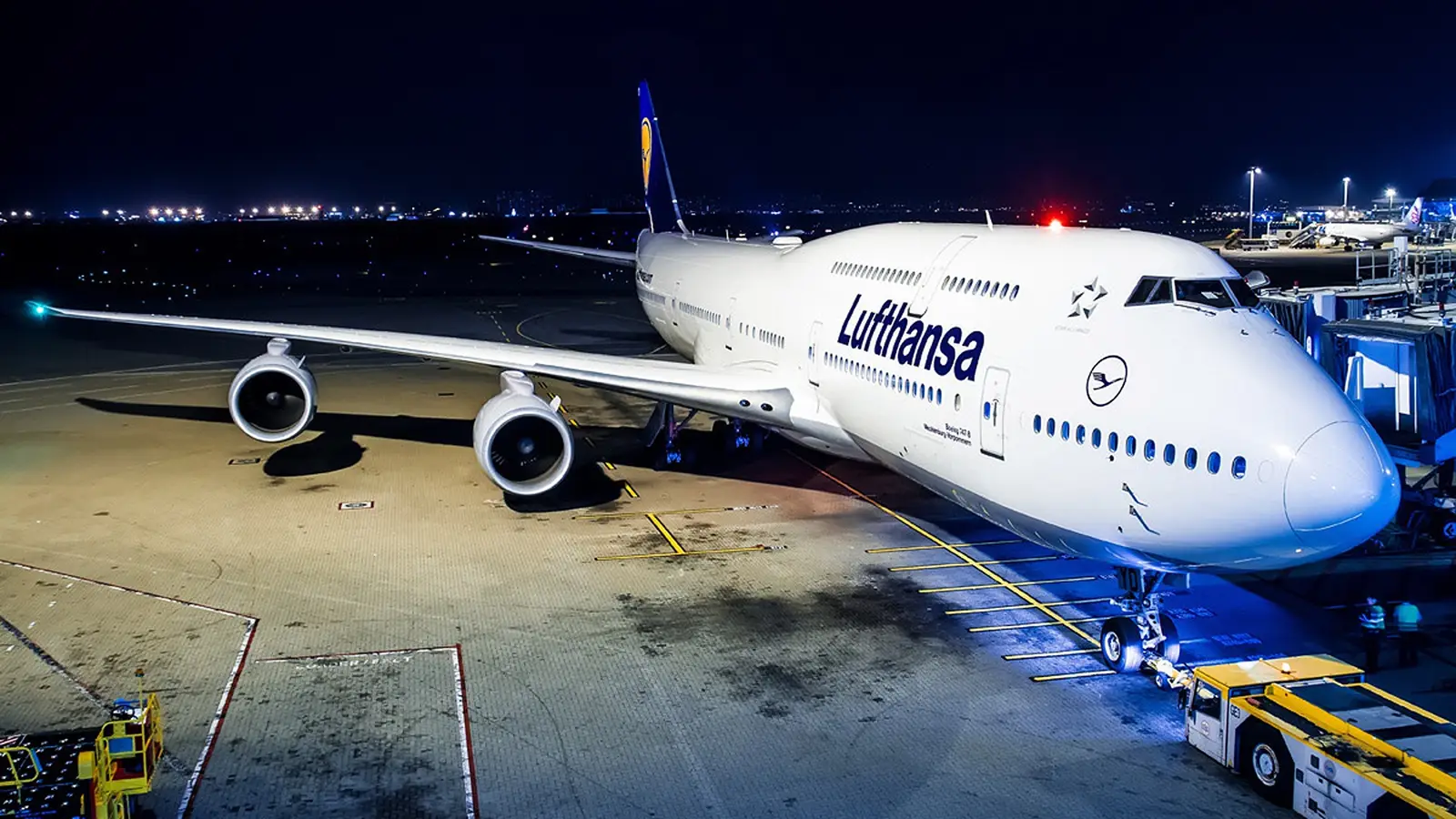
Grasberg is the world’s second-largest copper mine after Escondida in Chile. Last year’s production of 815,000 metric tons represented 4% of global output.
Sign up here.
What happened on the night of Sept. 8 in the Block Cave part of the mine was the stuff of nightmares. A colossal 800,000-ton mud rush erupted into the mine, traveling rapidly to multiple sections and blocking access routes.
Two workers were killed. All mining activity has been suspended while the company works to locate another five missing personnel.
Freeport’s best guess is that Grasberg may return to pre-accident operating rates in 2027.
It’s a big hit to an already stretched supply chain, which is why the London Metal Exchange copper price jumped to a 15-month high of $10,485 per ton when Freeport declared force majeure last week.
COUNTING THE COST
Copper production will be “insignificant” in the fourth quarter and sales guidance next year has been cut by 35%.
The cumulative loss of units between September 8 and the end of 2026 will be almost 600,000 tons of contained copper, according to analysts at Benchmark Mineral Intelligence (BMI).
The output drop in the fourth quarter alone will be equivalent to next year’s forecast production at Collahuasi, the world’s third largest mine, BMI said.
These are only very preliminary assessments. Freeport’s priority will be to find the missing workers. How much damage has been caused to the mine’s infrastructure is unknown. More critically, there will have to be an investigation into what went wrong.
Freeport has been using block mining techniques at Grasberg for decades without any precedent for this month’s disaster.
The timeline to full recovery is unlikely to shorten but could well stretch.
SUPPLY STRESS
The Grasberg incident changes copper’s global supply landscape.
BMI has widened its expected 2026 market supply shortfall from a marginal 72,000 tons to 400,000 tons.
Citi has also revised its global market balance estimates and projects a similar-sized deficit in 2026 and a potential further 350,000-ton shortfall in 2027 unless prices rise significantly to incentivise more supply.
The flow-through to the refined segment of the market could be faster than would normally be the case with a mine production hit.
Grasberg has historically supplied copper concentrates to a domestic 340,000-ton per year smelter-refinery and exported the rest.
That schedule may now be in doubt, depending on how much concentrate has been stocked to feed the ramp-up.
DANGEROUS BUSINESS
Copper mining can be a dangerous and unpredictable business as producers dig ever deeper and take on ever more challenging environments to get the stuff out of the ground.
Grasberg is the third major incident this year.
State Chilean producer Codelco experienced a tunnel collapse at its El Teniente mine in July resulting in six fatalities. The causes are still being investigated.
Copper’s vulnerability to such extreme events is well understood by the market. Analysts factor in a disruption allowance in their supply forecasts, although most will likely be adjusting it wider after this year’s string of mine hits.
But risk is becoming more concentrated as the world relies on a small group of mega mines to sustain production growth.
BMI estimates that the world’s 20 largest copper mines will account for 36% of global output this year and each of them faces its own unique combination of geological, operational and social challenges.
Their sheer size means that if something goes wrong, it is likely to go wrong at scale, meaning an outsize impact on the global supply chain – as the market has just found out.
Editing by Mark Potter
Our Standards: The Thomson Reuters Trust Principles., opens new tab
Opinions expressed are those of the author. They do not reflect the views of Reuters News, which, under the Trust Principles, is committed to integrity, independence, and freedom from bias.
Senior metals columnist who previously covered industrial metals markets for Metals Week and was EMEA commodities editor at Knight-Ridder (subsequently Bridge). Started up Metals Insider in 2003 and sold it to Thomson Reuters in 2008, he is author of ‘Siberian Dreams’ (2006) about the Russian Arctic.



